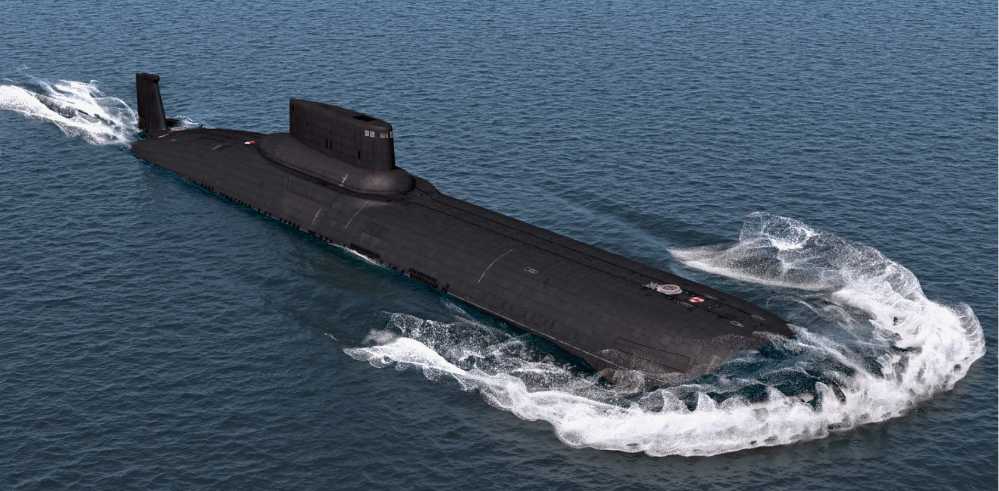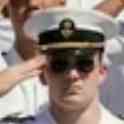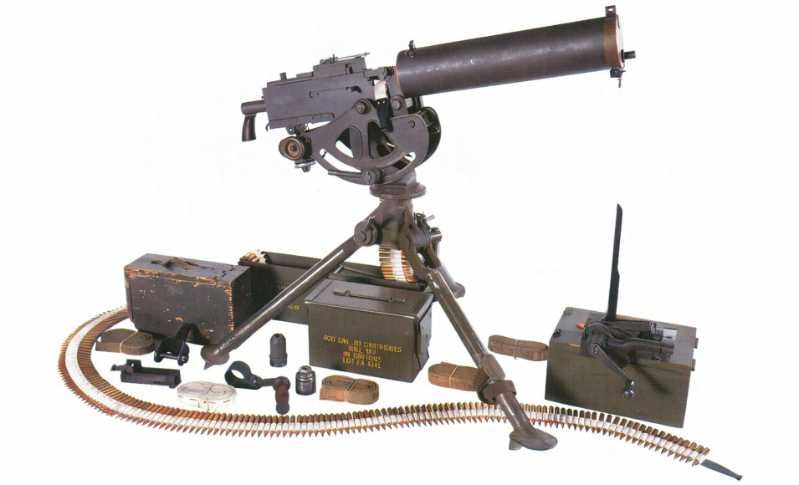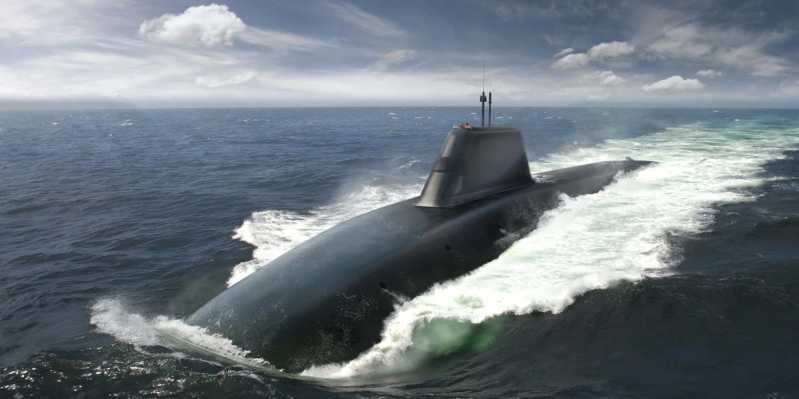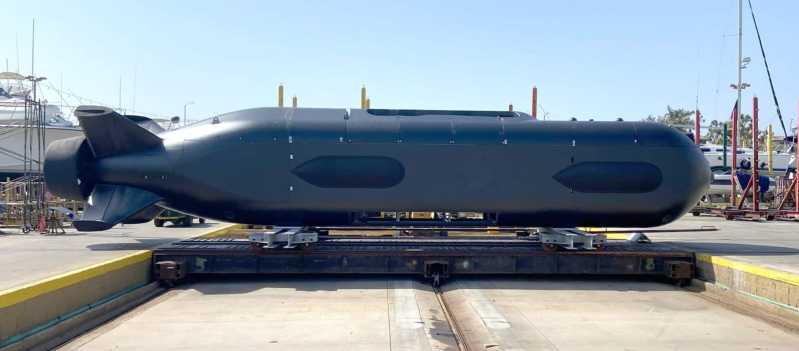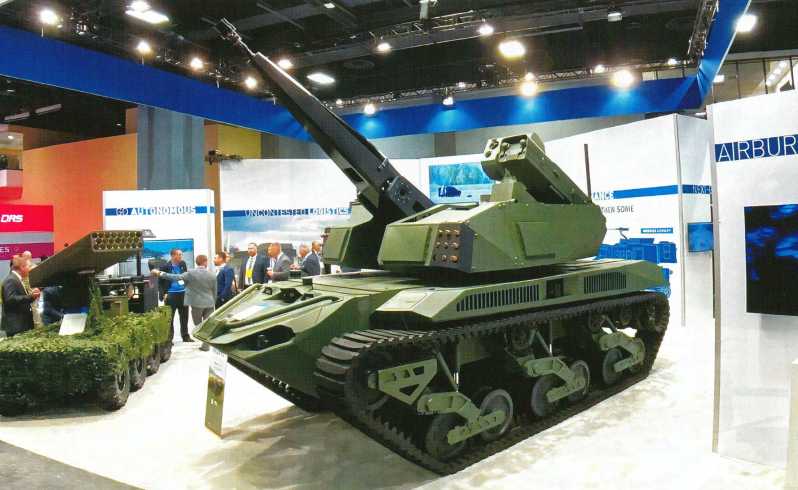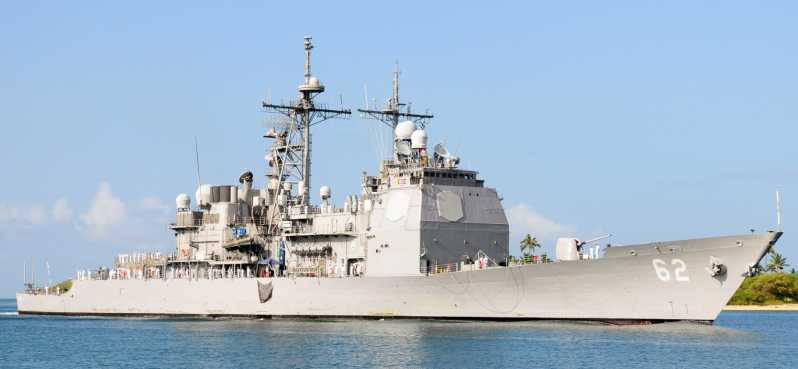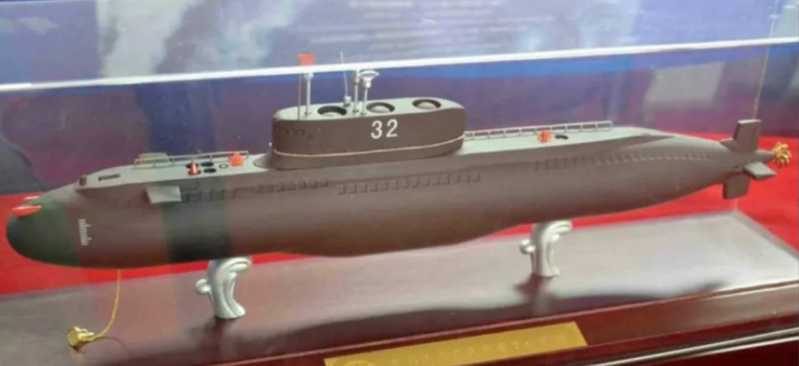The Soviet Union and the United States were the main countries in nuclear confrontation during the Cold War. In this regard, both sides exhausted the main military schools and wisdom in human history, fully utilized their respective technological advantages, and invested the most powerful scientific and industrial forces in the world at that time.
Before 1953, the US military strategy was "superior nuclear force plus regional containment", but it came to an end because it could not adapt to the new situation in the Korean War. In October 1953, then-President Eisenhower signed NSC162/2 and began to implement the "massive retaliation" strategy. In December of the following year, the North Atlantic Council set this strategy as NATO’s new strategy.
The core judgment basis of the "massive retaliation" strategy is that Western countries are at a disadvantage in conventional military power-West Germany did not rebuild its army at this time, and the military power of Britain and France was increasingly weakened and widely distributed in colonies without being able to concentrate on the European front. Therefore, the core of this strategy is to use weaker conventional forces for "delay and delay" and rely on nuclear forces for the so-called "ultimate retaliation", thereby containing and threatening the Soviet and Eastern European camps. At a special meeting of the North Atlantic Council, the "massive retaliation" strategy was described as a combination of "sword" and "shield": "sword" is the nuclear force as the main deterrent, and "shield" is the conventional force used for defense and delay.
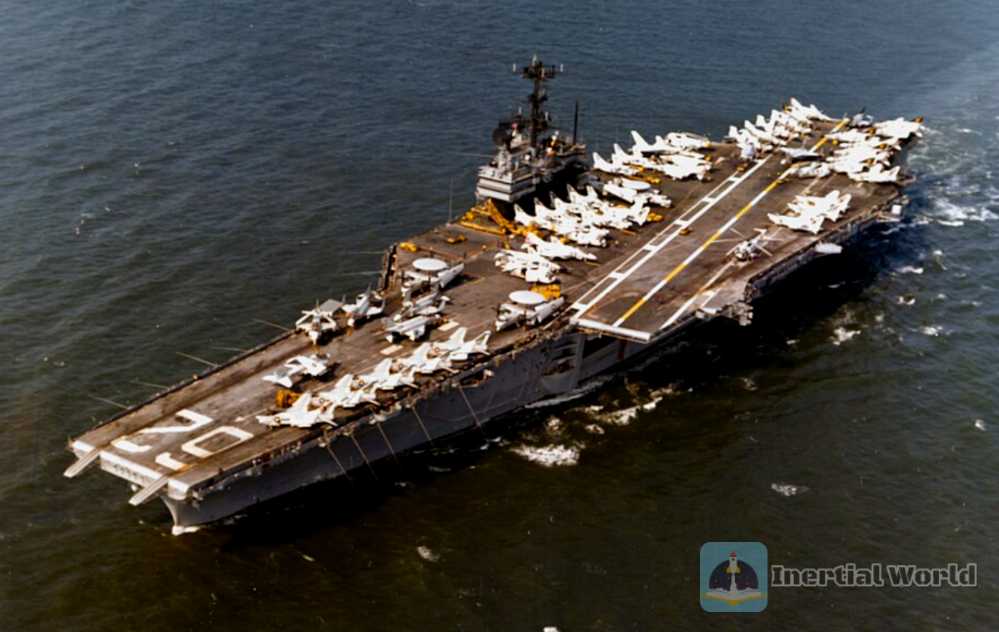
The core force of the "massive retaliation" strategy is the "troika" of medium-range nuclear bombers, medium-range nuclear missiles, and sea-based nuclear forces. These nuclear platforms with short range but rapid strikes are deployed on the land or sea of the allies, adjacent to the "world island" composed of the three continents of Europe, Asia, and Africa, and tightly surround the "heartland" where the Soviet bloc is located, forming a containment and containment situation.
1953~1960 belonged to the early Cold War. The technology for projecting nuclear weapons was very limited, and most nuclear platforms had the problem of short range, but they were not without advantages. Compared with long-range bombers and intercontinental missiles Compared with medium-range nuclear bombers, medium-range nuclear missiles, and the initially deployed super aircraft carriers, the Forrestal class, and the later George Washington class ballistic missile nuclear submarines with a very limited missile range, these platforms have a very short time from launching an attack to hitting the target, leaving the enemy with very little time to react: the advantage is that the enemy will find it difficult to organize an effective counterattack if it is attacked suddenly.
"Being able to hit the opponent" is only the most basic issue of nuclear strategy. If you want to make full use of the power of nuclear weapons, you must take the initiative and quickly launch a large number of nuclear weapons in a short period of time to completely end the opponent’s organizational system. Only in this way can the war be ended at the lowest cost and with the least uncertainty. Therefore, how can we achieve the greatest lethality? How to destroy the opponent’s organization and system? Even how to "capture the thief and capture the king" to end the war? These issues are the higher level of confrontation, and are the key issues that will inevitably arise and need to be solved after the confrontation continues to escalate. Therefore, the means of projecting strategic nuclear weapons with a shorter range have always been retained and even continuously developed and strengthened, such as nuclear bombers with a shorter range (B-47 to B-1B) and medium-range nuclear missiles ("Thor", "Maas", land-based "Tomahawk", "Pershing" 1/2, etc.)
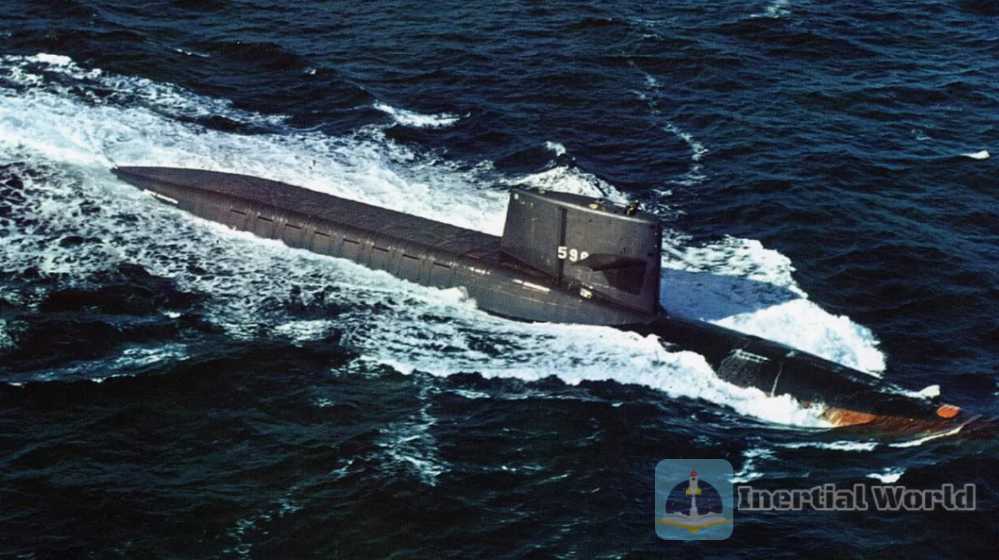
Strategic nuclear submarines used for the first strike
The strategic nuclear submarines of the United States and the Soviet Union are all involved in the first nuclear strike. The United States has been implementing a complete set of "preemptive" nuclear war strategies from the beginning to the end. The U.S. military combat regulations clearly stipulate that the key to winning a nuclear war lies in strategic attacks, that is, nuclear assaults. At the beginning of a strategic attack, a comprehensive assault must be carried out on the main military, political, and economic targets of the other party’s territory. The main targets of the first attack are command agencies, communication centers, and strategic armament bases, followed by heavy military groups, important industrial centers, and cities. The maximum force should be concentrated for the first 2~3 assaults, especially the first nuclear assault, which should reach 60% of the attack force. 75%.
The first assault is the largest in scale and should be carried out by missiles, aircraft or submarines at the same time, and should be mainly carried out by the strategic air force, super aircraft carriers and nuclear submarines. Therefore, the duty of the US military’s sea-based strategic nuclear forces, whether it is the aircraft carriers in the 1950s or the later nuclear submarines, is not to serve as the second strike force or nuclear counterattack force, but to serve as the main force of the first nuclear assault, even when facing a superpower with a vast depth and territory like the Soviet Union.
The specific task of the United States against the Soviet Union is first to paralyze its strategic command system, especially the command center and communication center within the range, that is, "decapitation". Although the form of nuclear war is very special, "capture the thief and capture the king" is still an unbreakable truth; the second is to destroy the Soviet Union’s maritime and shore-based forces to completely control the sea. After the Soviet Union also has sea-based nuclear forces, destroying as many of its nuclear submarines and other nuclear weapon-carrying platforms as possible in ports and bases has also become an important mission of the US military’s sea-based strategic nuclear forces; the third is to eliminate strategic missile launch bases and other tasks.
In order to meet the needs of this mission, the United States has established a complete system, including appropriate organizational sequences and technical equipment, since the strategic nuclear submarines began patrol duty in the 1960s. By the early 1970s, the US naval strategic nuclear force had 41 ballistic missile nuclear submarines, which were organized into five nuclear submarine squadrons, namely the 14th, 15th, 16th, 18th and 20th squadrons. Each squadron is a relatively independent cluster that performs strategic nuclear strikes and secondary counterattacks, and is directly commanded by the submarine command rather than the fleet.
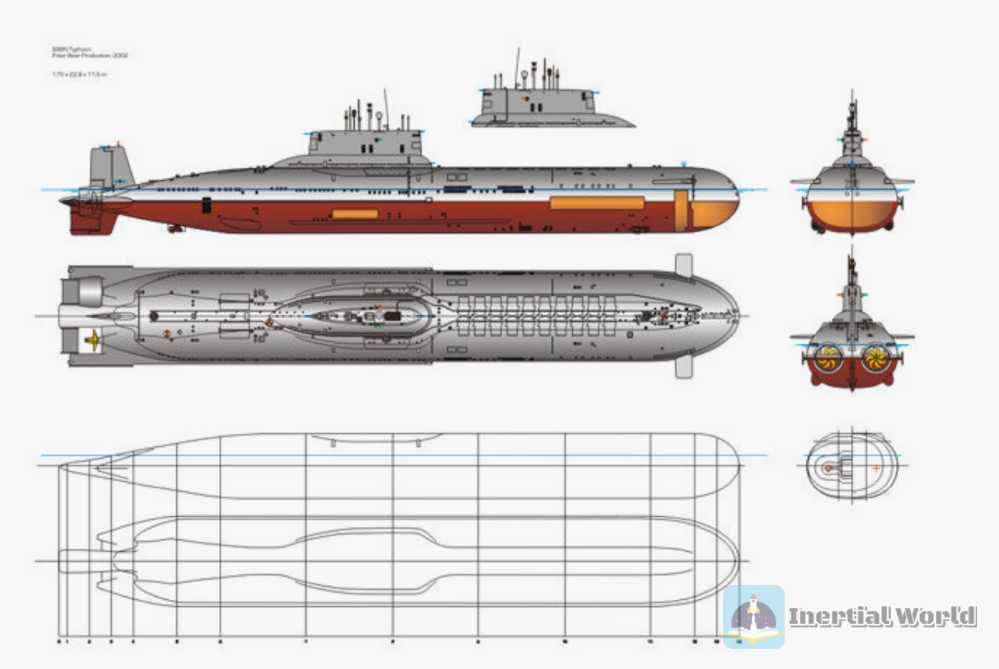
Forward-deployed US nuclear submarines
The US nuclear submarine squadrons maintain 8~12 The 14th Squadron is deployed in Holyoke (New London). In wartime, it can establish positions in the Norwegian Sea and the northeastern Atlantic. Its nuclear assault targets are the northern and western regions of the Soviet Union and some Warsaw Pact countries. The 15th Squadron is stationed in Apra. In wartime, it can establish positions in the waters near Guam to Pearl Harbor. Its targets are mainly the Soviet Far East, the hinterland of Siberia and China. The 18th Squadron has 8 nuclear submarines and is stationed in Charleston (Bangor). In wartime, it can establish positions in the Gulf of Alaska. Its targets are the Soviet Far East, including the Kamchatka Peninsula and the Primorsky Krai. The 16th Squadron is stationed at the Rota Naval Base in Spain. In wartime, it can establish positions in the eastern Mediterranean. Its targets are the southwestern region of the Soviet Union and the Warsaw Pact countries in southeastern Europe. The 20th Squadron is stationed in Melville, Rhode Island. In wartime, it can establish positions along the east coast of the United States.
From the distribution of the US nuclear submarine squadrons, except for the 20th Squadron which is mainly for reserve and training, the 14th, 15th, 16th and 18th Squadrons all adopt the principle of forward deployment. On the surface, this is limited by the range of the initial submarine-launched missiles, but in fact it also enhances the shooting accuracy and suddenness of the strike. Take the 14th Squadron as an example: its specific positions have been established in the Norwegian Basin and the Lofoten Basin. If the firing distance is determined to be 2,500 kilometers, it already includes major cities such as Moscow, Nizhny Novgorod, St. Petersburg, Kaliningrad, Riga, Tallinn, Warsaw and Prague; take the 16th Squadron as an example. The position of the brigade in the eastern Mediterranean has a firing distance of 2,500 kilometers, which can include cities such as Odessa, Kiev, Dnepropetrovsk, Donetsk, and Rostov; As for the 15th Squadron, its nuclear submarines cruise in the north of the Kyushu-Palau Ridge, and are less than 2,000 kilometers away from Soviet coastal cities such as Vladivostok (Vladivostok) and almost all coastal cities in eastern China.
The effectiveness of the US strategic nuclear submarines has been greatly improved by its use methods and launch positions, and has become the mainstay of its nuclear strategy. Although the submarine-launched missiles of the same era are obviously less accurate than land-based missiles at the same firing distance, due to the flexible and concealed pre-deployment, the missiles launched by the US strategic nuclear submarines are often not inferior to the absolute accuracy (circular error coefficient CEP) of the domestic land-based intercontinental/long-range missiles at 2 to 4 times the distance. Compared with intercontinental/long-range missiles, the pre-deployed submarine-launched missiles only need 1/4 to 1/2 of the time to complete the preset range, which is the shortest 10 minutes and the longest 20 minutes. After all, any attack or assault is one of the most important factors, which can be called "time"
The extremely sudden nuclear assault effect of the US military will greatly reduce the Soviet Union’s response capability, not to mention other countries with limited nuclear forces. After all, the nuclear assault-counterattack procedure is calculated in seconds, and every second is extremely important. From discovering and confirming the enemy’s nuclear assault, to the headquarters issuing a counterattack order, to the order being transmitted to each launch base and unit through the communication center, and then to each unit responding in time to complete the counterattack launch, the whole process must be completed in one go, and every second must be taken. There must be no errors or delays.
Nuclear submarines can have a time advantage of up to 5 minutes or even 10 minutes compared to other units, which is enough to put great pressure on the enemy’s headquarters and response system, and produce huge gaps and variables. If the enemy does not respond in time, the balance of the country’s existence and nuclear strategic situation will inevitably be overturned, and it is very likely to lose the nuclear war. At this point, the deterrent power of the pre-positioned strategic nuclear submarines is actually comparable to the pre-positioned land-based medium-range missiles, and has its own unique advantages. Therefore, the US sea-based nuclear force guarantees the US military’s ability to take the initiative to the greatest extent, and this ability will also bring great advantages and guarantees in the most dangerous and unpredictable nuclear wars.
Thus, strategic nuclear submarines became the pillar of the US national nuclear strategy and one of the most effective weapon systems of the US military, because they put enough strategic pressure on opponents. The optimal combination of strategic nuclear submarines, intercontinental missiles and strategic air forces has created a complete system of US strategic nuclear forces and successfully dealt with the main problems existing in potential military confrontations between the East and the West. Therefore, the core capabilities of the US military power have not only not declined, but have been consolidated. The United States has the ability to ensure that the basic base will not collapse in the 1970s when it was the weakest and most unfavorable, and on this basis, it has been able to use a series of political and diplomatic means to stabilize its position and wait for further changes in the situation.

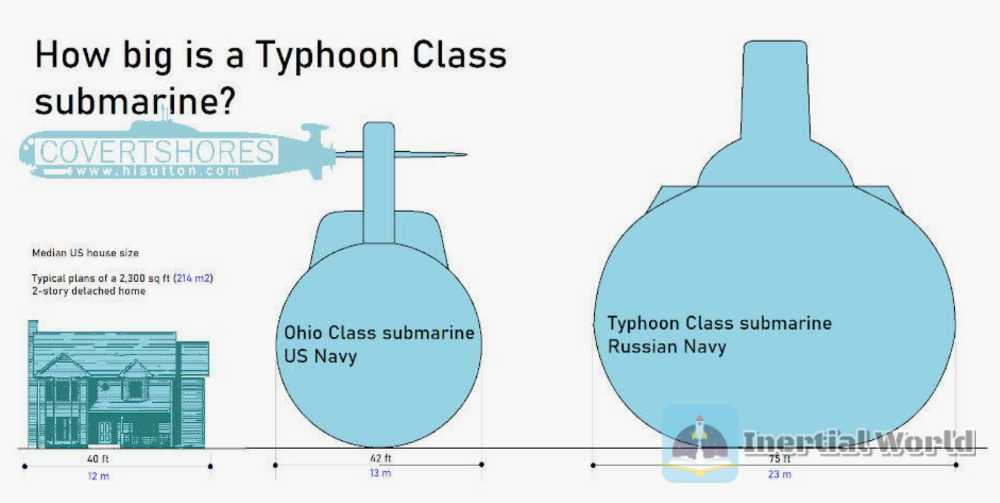
In November 1966, the United States launched a new generation of sea-based strategic systems including the "Undersea Long-range Missile System" (ULMS, later evolved into the "Trident" missile) and the Ohio-class ballistic missile nuclear submarine. In response, the Soviet Navy began to explore the feasibility of submarine-launched ballistic missiles with a range of more than 9,000 kilometers in 1970. In June 1971, the Soviet government officially issued an order on the establishment of the "Typhoon" sea-based strategic complex consisting of P-39 missiles and 941 nuclear submarines. In 1977, the first Type 941 began construction. It has a surface displacement of 23,200 tons, an underwater displacement of 48,000 tons, a length of 172.8 meters, a width of 23.3 meters, and a maximum diving depth of 400 meters, becoming the largest submarine ever built by humans. The main weapon of the Type 941 is the P-39 missile, which is 16 meters long and 2.4 meters in diameter. It has a launch weight of 90 tons and can carry 10 warheads. The range is 8,300 kilometers, the circular probability deviation is 500~600 meters, and the nuclear explosion equivalent is about 100,000 tons. Compared with the Russian-class rival, the Type 941 is nearly twice as large as it, and has more survivability under the same nuclear bomb projection capability.


